Following a photo exhibition on Afghan Kyrgyz migration routes staged at the Graduate Institute for International and Development Studies in Geneva, this virtual exhibition ponders on problems of framing research for public view. It addresses the way aesthetic choices conflate cultural particularisms. It eventually aims to provide ways to conciliate an aesthetics of the place’s and society’s elusiveness with endangerment sensibilities (Vidal and Dias 2016) and salvage imperatives.
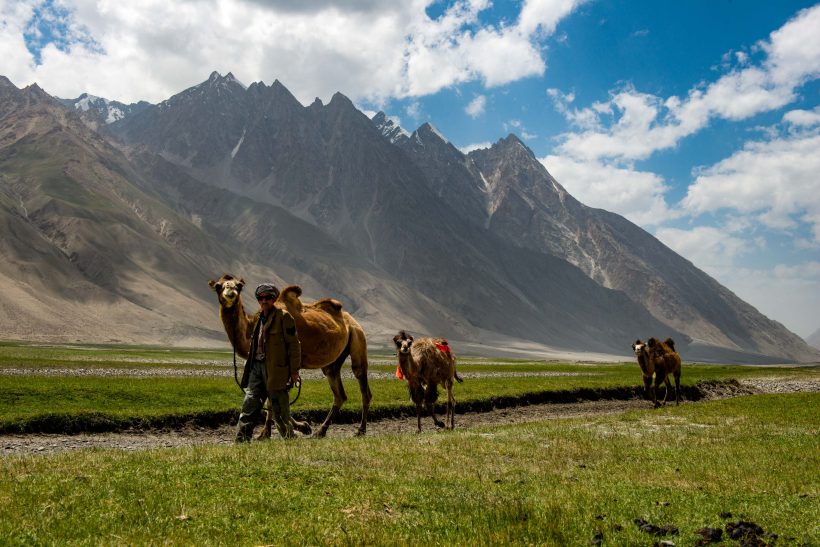


Endangerment Sensibilities
During the preparation of the exhibition’s vernissage, I incidentally came across a photograph in Géo Magazine of two Afghan Kyrgyz women and a young girl surrounded by a few yacks on their summer pastures. On the photograph, a few sentences locate Afghan Kyrgyz women into a culturally specific aesthetic in explaining that they traditionally shift from red to white headdresses once married. The frame of the Magazine appeared to me as an opportune invite to ponder on the way the exhibition of my own photographs relates to common depictions of Afghan Kyrgyz and to a contested geopolitical imaginary that rests on the supposed existence of discrete ethnic groups.
Titled The People Challenging the 21st Century, the French special issue of Géo Magazine features a world panorama of indigenous and “remote” tribes. In the foreword, the chief editor highlights the global relevance of indigenous societies’ particular challenges to the 21st century, mentioning extreme examples of societies refusing global exchanges and striving for autonomy, such as the Sentineli in the Bay of Bengal, India (Meyer 2019). Moving along the pages, the reader’s attention is brought along spectacular landscapes and close up portraits of people in their everyday attires staging next to symbols of global exchanges (an ATM machine, a satellite dish, etc.). Next to the images, short texts continue to delve into problems generated by the further global integration of these supposedly remote or isolated societies, their discrete location being steadily indexed on a world map.
The gaze of international magazines has long since framed trials of Afghan Kyrgyz into the narrative trope of a small indigenous society stuck by the downplay of global forces on the “Roof of the World” (Anderson 2005, Callahan 2009, Finkel 2013, Leithead 2007).
This trope, resumed less emphatically as cultural and economic adaptations to global transformations, continues to inform the narratives of not only internationally acclaimed documentaries but also of earlier monographs (Meunier 2013, Callahan 2013, Dor and Naumann 1978, Shahrani 2002). However, conceiving these groups’ challenges through the lens of either endangerment or adaptation participates of a particular geopolitical imaginary predicated on the idea that globalization necessarily disrupts an assumedly harmonious congruence of place and people. The frame of this geopolitical imaginary bears shortcomings in that it presupposes territorially bounded ethnonational entities long debunked as sedentary metaphysics (Malkki 1999). It echoes a “’double bind’ to which all anthropologists, and anthropology itself, are, by their very nature, prey: the ‘purity’ they crave is no more than a state in which all frames of comprehension, of interpretation and analysis, are lacking; once these are brought to bear, the mystery that drew the anthropologist towards his subject in the first place vanishes” (McCarthy 2015: 55-56).
While Afghan Kyrgyz face extreme political and environmental pressure on their livelihoods, a focus on endangerment through growing global integration poorly exhausts the realm of opportunities brought by new kinds of exchanges.
Their lasting presence in the inhospitable Afghan Pamirs speaks also for different dynamics such as when pastures, international borders, remote crossroads and the image itself of an endangered society are turned into valuable resources. Indeed, “in the endangerment regime, turned as it is toward preservation, irreversible loss and definitive forgetting are ultimate forms of negativity, anti-values par excellence” (Vidal and Dias 2016, 1). At the same time, Afghan Kyrgyz successive migrations fragment the supposedly homogenous ethnic group in various locations (currently Afghanistan, Kyrgyzstan, Pakistan and Turkey).

Afghan Kyrgyz Migration Routes
Forcing Afghan Kyrgyz into conventional ethnic, environmental, existential and national categories would not hone their own expression of a nomadic ethos where outmigration is always conceived as a potentially alternative option. Although a significant part eventually settled in Turkey after a disastrous migration in the first months of the Soviet-Afghan war (many people lost their lives on their way to neighboring Pakistan), some decided to return to Afghanistan and remained to date in the Pamirs.
Since then, people stake on the ‘edge’ and precarious earnings of an industrious exploitation of the Afghan Pamirs as an ecological niche, a borderland and a remote crossroads.
Resources arise mainly from their circulations and integration on many levels (such as pastoral markets, humanitarian and development interventions, tourism, global endangerment sensibilities of international organizations and the marginal gains that their ‘remote’ location enables). Intermediaries to these positions are many. Traders, humanitarians, development workers, tourists, journalists, anthropologists and researchers, far away parents, border guards, soldiers, fighters and commandants are all important actors roaming around and across the Pamirs. All contribute in their own way to insert the place into frictive and competing exchange realms whose transversal permeability is alternately affected by the ongoing war and conflicts.
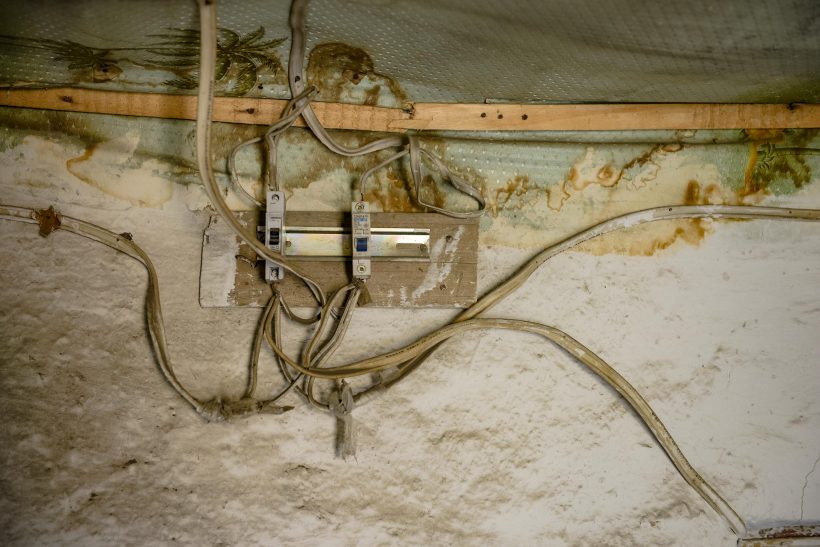
Documentary across Boundaries
Given the field’s heterogeneity, choices in the design of the exhibition were principally animated by this overarching and timely question: What photographs would detail the complexity and elusiveness of migration and climate change in the Afghan Pamirs in a way texts would not? Advice and feedback from magazine editors, professional photographers and the jury of competitions influenced the edition of images and contributed to elicit particularly striking landscapes and portraits.
The final selection of thirteen photographs favored a certain unity in the colors and tones of alternate landscapes, portraits and details such as hands serving tea or wrist watches. At the entrance of the exhibition, a short synopsis retraced Afghan Kyrgyz migration routes and the spatial configuration of the Afghan Pamirs on a map of the region. As such, the exhibition juxtaposed photographs and text along a geopolitical frame. Images narrated the specific and striking features of the Afghan Pamirs while the synopsis sketched the more complex dimensions and history of the place’s circulations.
In this virtual exhibition, there is thus scope to underline that uncertainty, contestation and contamination are inherent to documentary practices (Balsom & Peleg 2016) and to stress the potential of photographs to address the surface and materiality of conceptual issues (Plattet 2002, Schielke 2010). Ariella Azoulay, in her formulation of a political ontology for photography, claims that “a photograph does not possess a single sovereign, stable point of view, and that what is visible in it – its actual referent – must be grounded no less than its interpretation” (Azoulay 2010, 10). Moving the exhibition online and in a different visual and textual frame consists in another experiment where yet unknown interpretations might arise from the website’s different public and affordances.
About
The exhibition On the Edge: Afghan Kyrgyz Migration in an Era of Climate Change is displayed at the Graduate Institute’s Salon Davis from September 17 to October 31 2019. It moved to the annual conference of the Swiss Anthropological Association (8-9.11.2019) and will eventually be displayed at La Galerie d’Anières in Geneva (08-16.01.2020).
References
Anderson, John Lee 2005: The Man in the Palace. The New Yorker June 6: 60-73.
Azoulay, Ariella 2010: What is a Photograph? What is Photography? Philosophy of Photography 1(1): 9-13.
Balsom, Erika and Hila Peleg 2016: Documentary across Disciplines. Cambridge Mass.: MIT Press.
Callahan, Edward T. 2013: To Rule the Roof of the World: Power and Patronage in Afghan Kyrgyz Society. Unpublished PhD thesis, Boston University. Graduate School of Arts and Sciences.
Callahan, Edward T. 2009: Die Vergessenen. GEO Magazine, 1 January: 30-52.
Dor, Rémy and Clas M. Naumann 1978: Die Kirgisen des Afghanischen Pamir. Graz: Akademische Druck- u. Verlagsanhalt.
Finkel, Michael 2013: Stranded on the Roof of the World. National Geographic Magazine February, online. (last accessed on 25.09.2018: https://www.nationalgeographic.com/magazine/2013/02/wakhan-corridor/)
Leithead, Alastair 2007: Doctor on Call in Afghanistan. BBC News, 11 September, online. (Last accessed 24.09.2018: http://news.bbc.co.uk./hi/uknews/6988551.stm)
MacCarthy, Paul 2015: Satin Island. London: Jonathan Cape.
Malkki, Liisa 1992: National Geographic: The Rooting of Peoples and the Territorialization of National Identity among Scholars and Refugees, Cultural Anthropology, 7 (1): 24-44.
Meunier, Louis 2013: Prisonniers de l’Himalaya. Taimani Films.
Meyer, Eric 2019: Ces peoples qui défient le XXIe siècle. Géo Magazine, September.
Plattet, Patrick 2002: La course des deux bois du renne, commentaire ethnologique d’une photographie de terrain. ethnographiques.org, 2. (http://www.ethnographiques.org/2002/Plattet – consulté le 24.09.2018)
Schielke, Samuli 2012: Surfaces of Longing. Cosmopolitan Aspiration and Frustration in Egypt. City & Society, 24(1): 29-37.
Shahrani, Nazif M. 2002 (1979): The Kirghiz and Wakhi of Afghanistan: Adaptation to Closed Frontiers and War. Washington: University of Washington Press.
Vidal, Fernando and Nélia Dias 2016: Endangerment, Biodiversity and Culture. London Routledge.
All images © 2015 Tobias Marschall

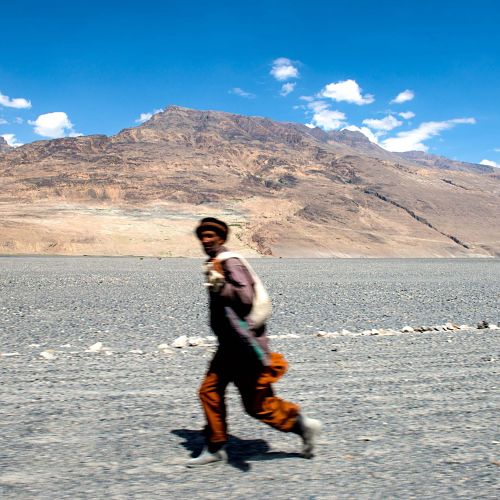
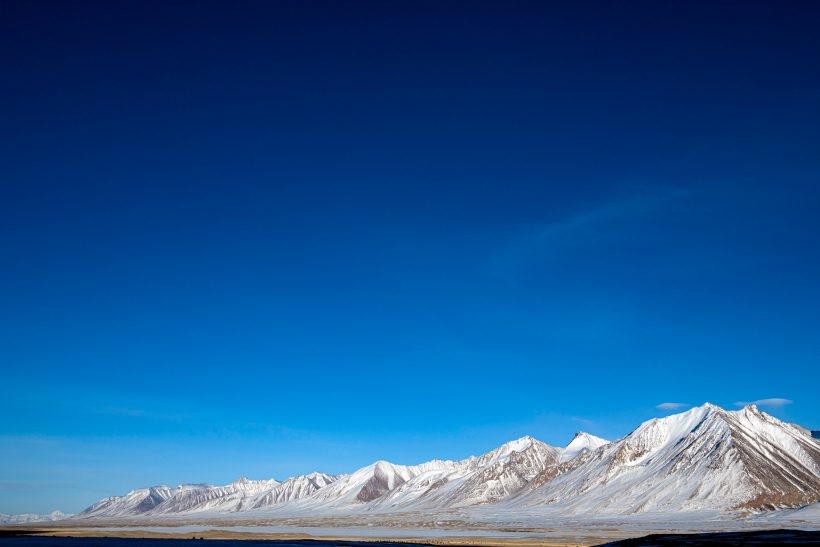
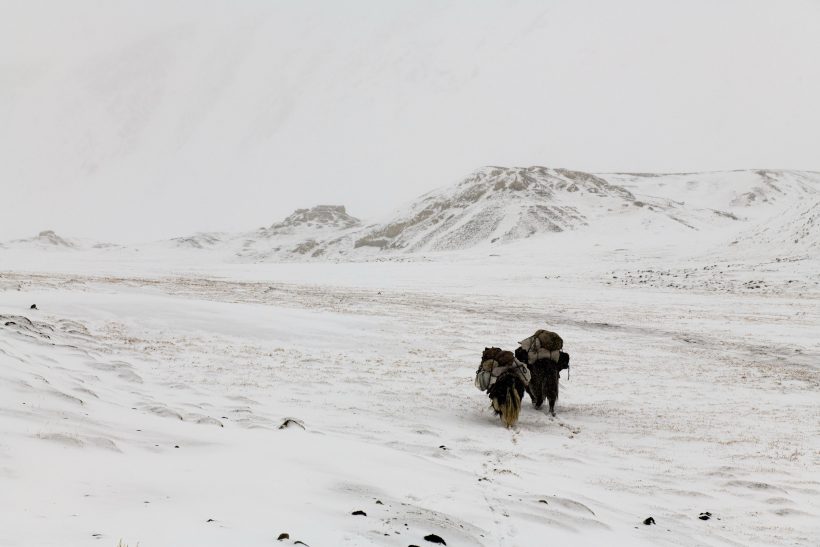
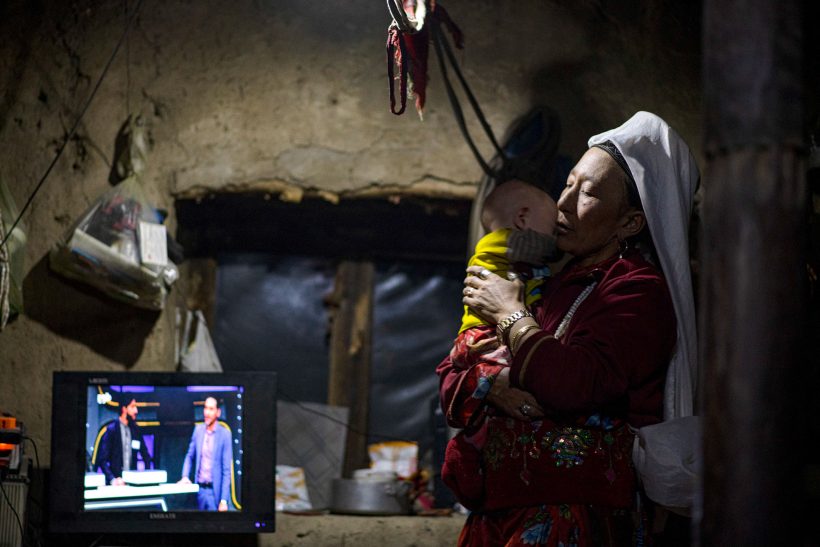

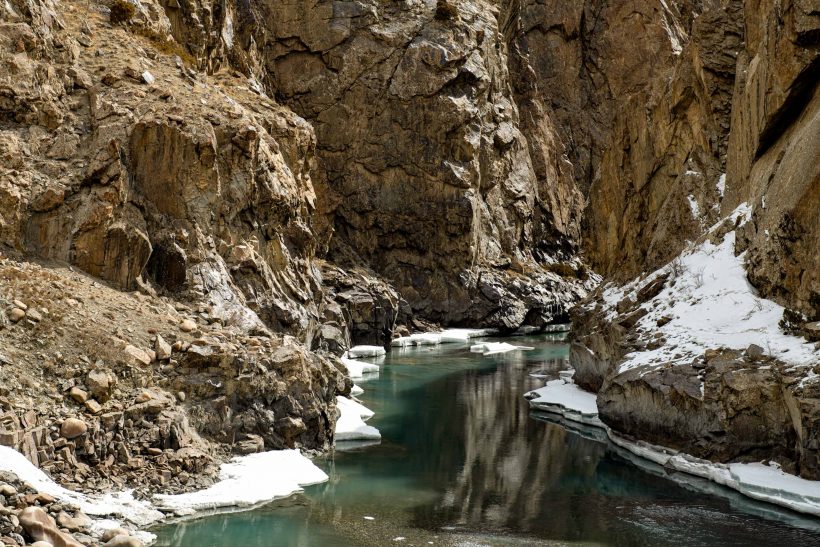
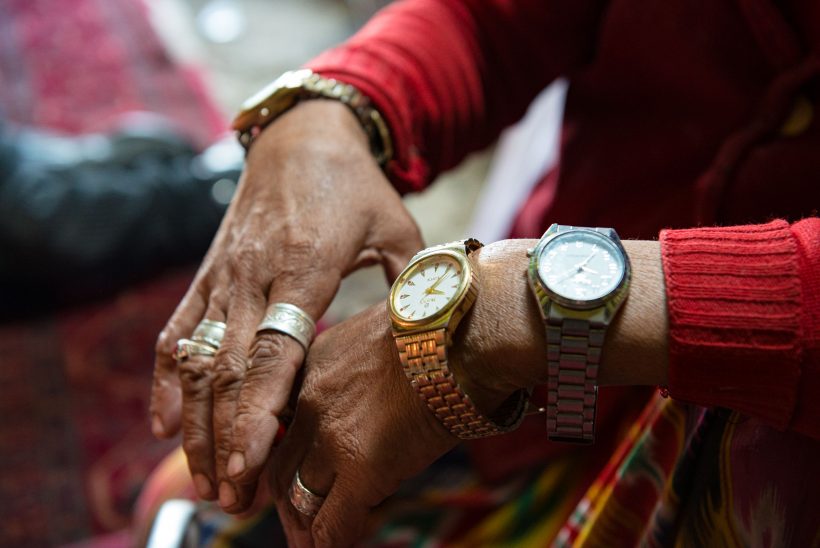
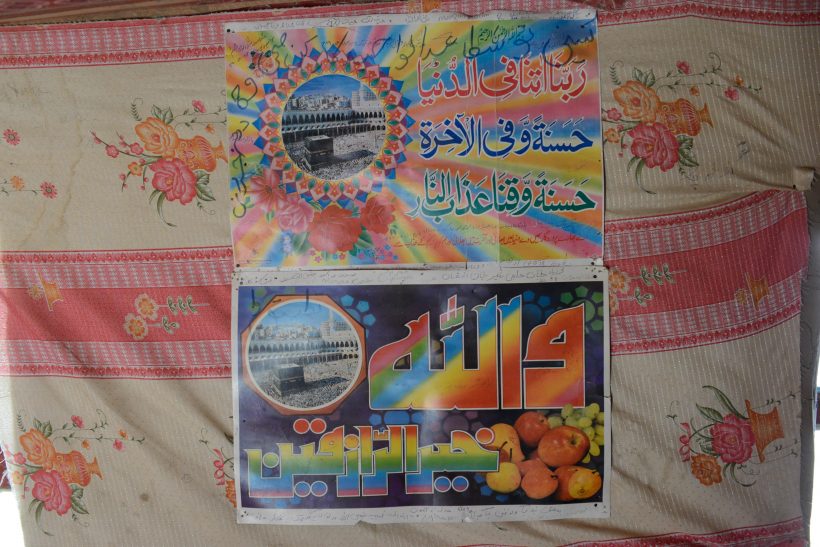

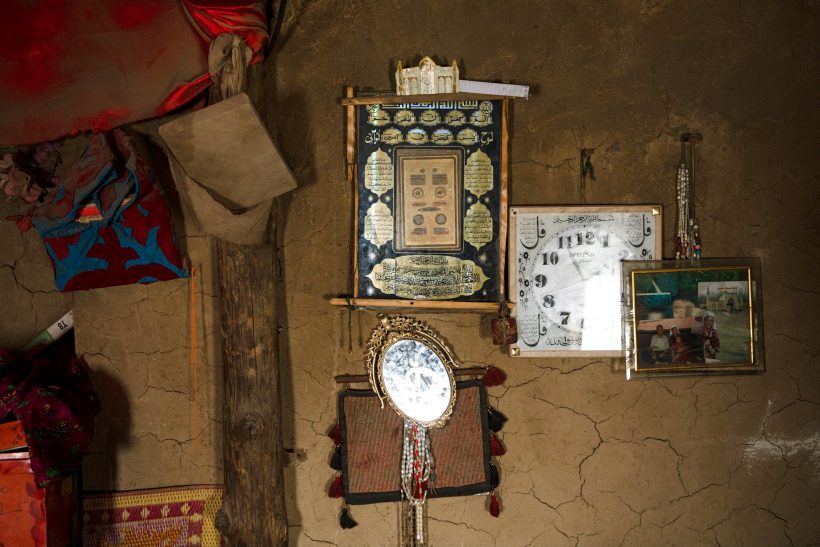
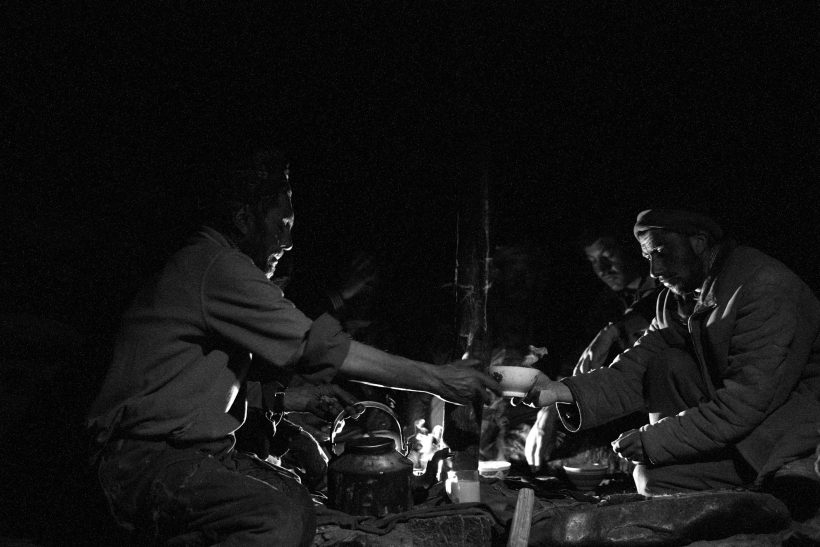
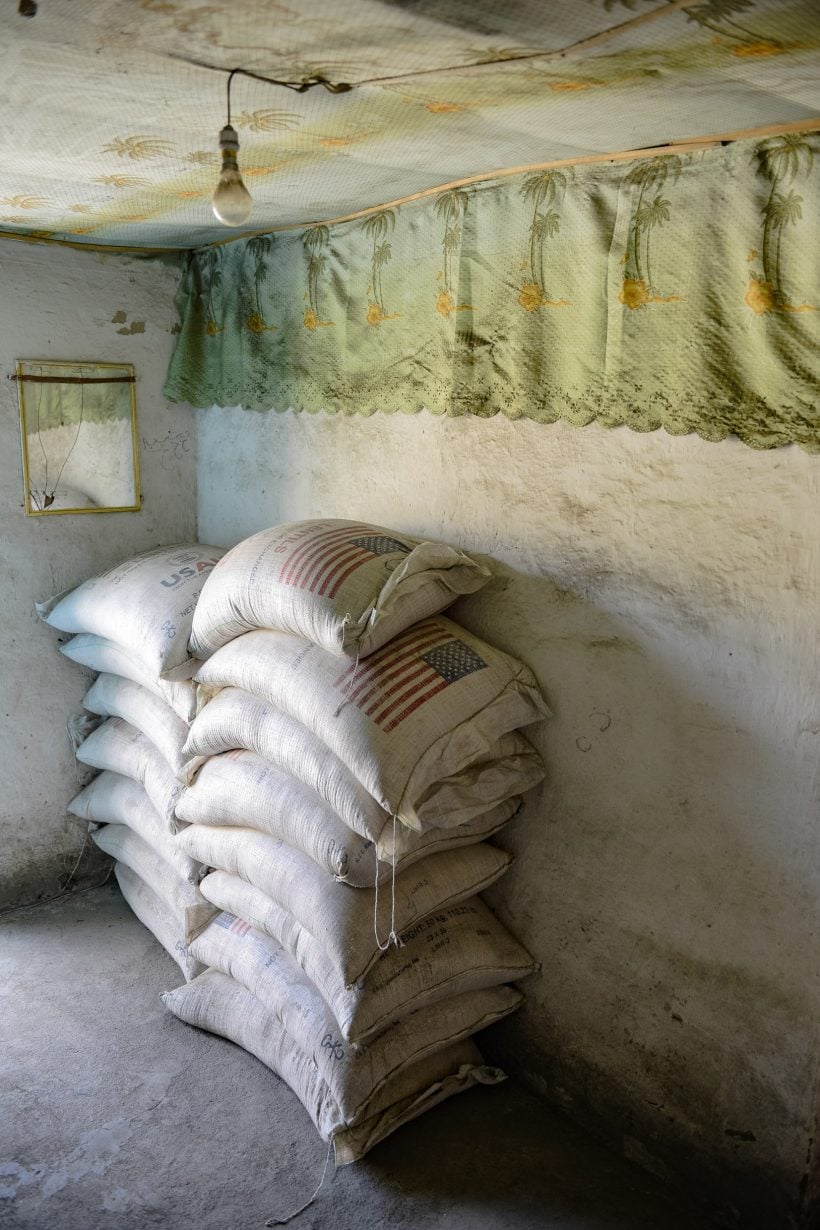
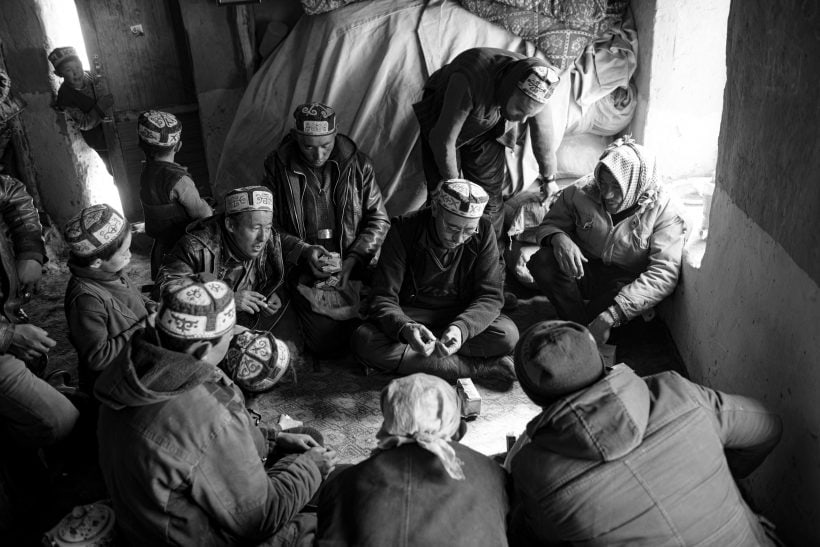
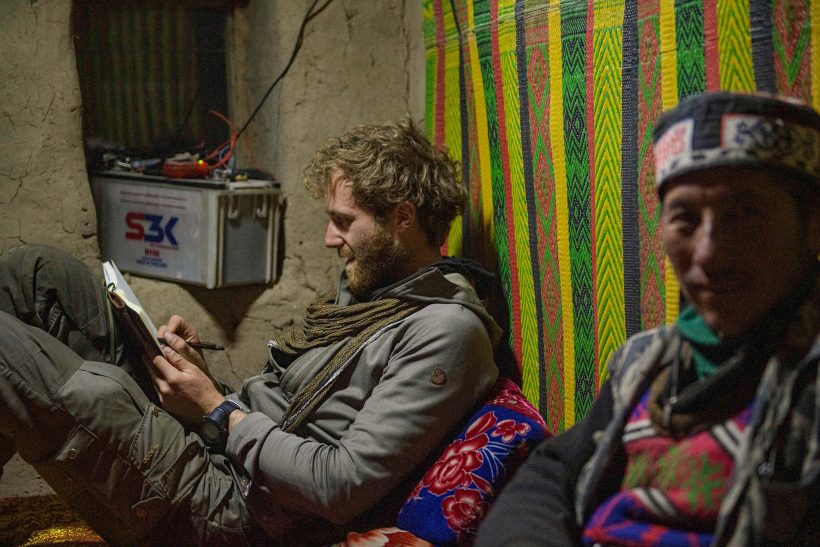

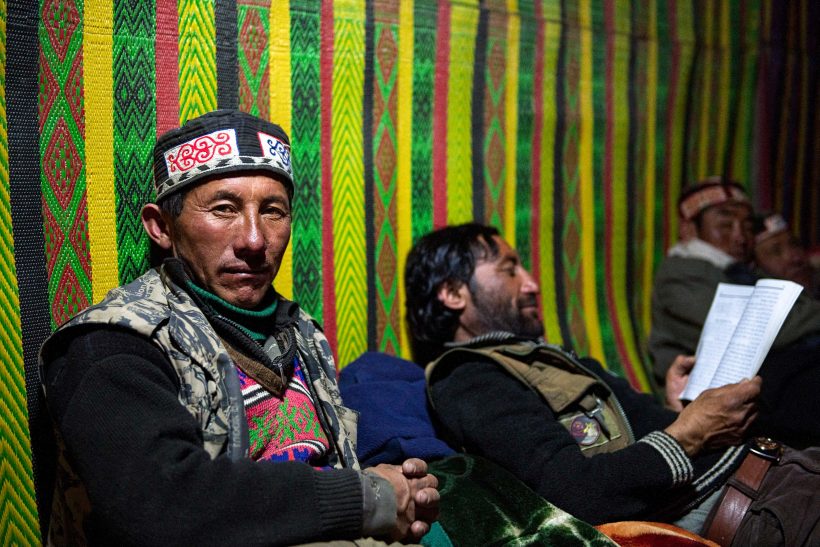


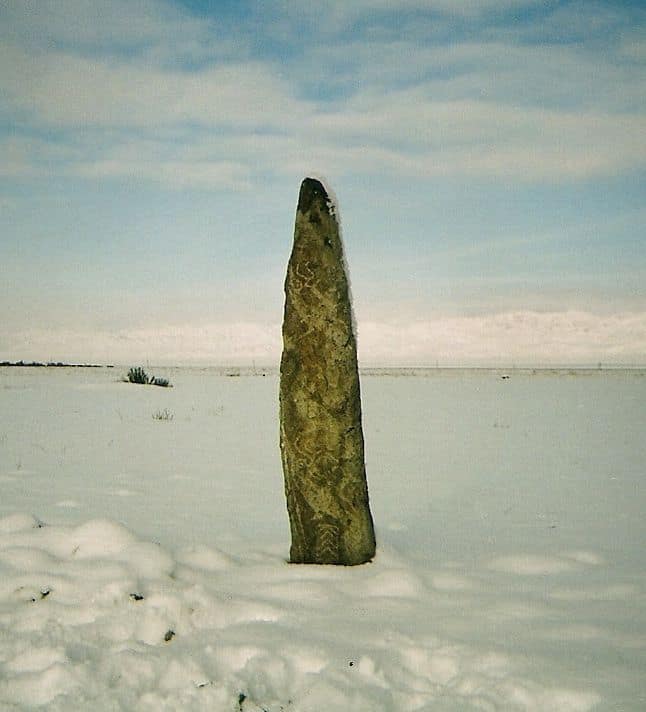
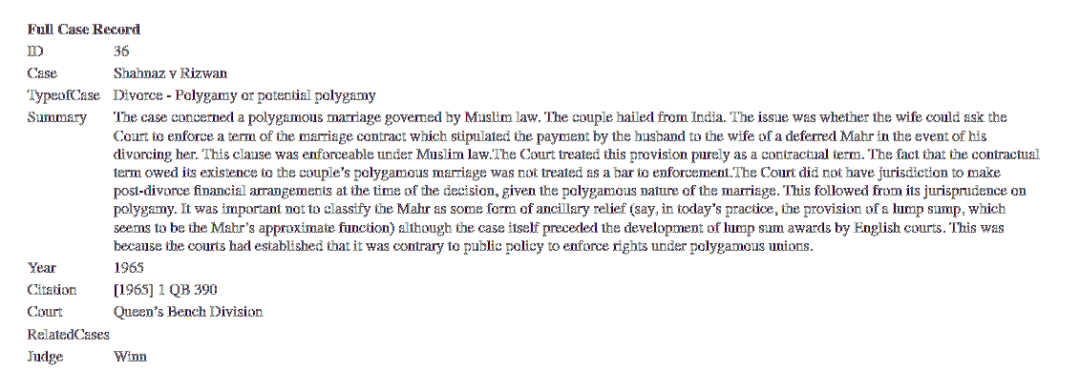
Brilliant article! I am trying to understand the article; how the domineering geopolitical leaders are able to showcase engineered documentaries and photo exhibitions just framed/tweaked enough for designated benefits of power and wealth games. And to survive in this blind and fearful world, so many brilliant intellectuals, artists, editors and photographers unconsciously or willingly sway towards powerful geopolitical influencers.
I’m just an admirer of Allegra Lab for it’s honest academic work and showing resistance to the empires of fortune, created through false write-ups. definitely no expertise. Thank you